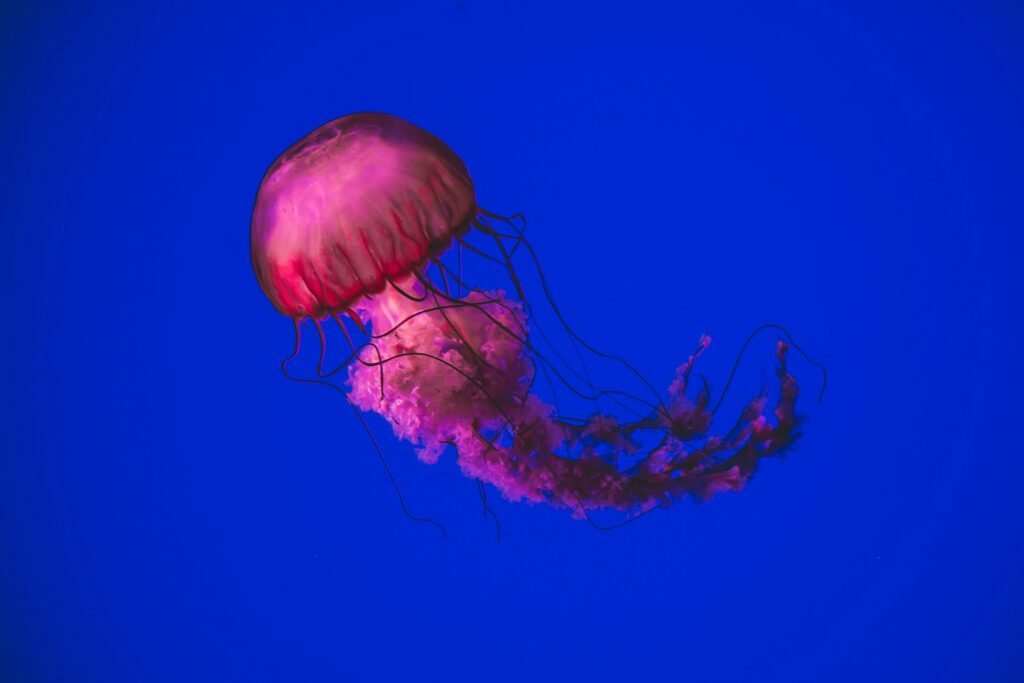Somewhere in the rolling twilight of a Mediterranean harbor, a jelly the size of a pinky nail quietly rewinds its own life. The so‑called immortal jellyfish, Turritopsis dohrnii, slips from full adulthood back to its youthful polyp form, dodging what most living things accept as inevitable. Scientists have chased this extraordinary trick for decades because it touches the central riddle of biology: why bodies age and whether that clock can be reset. The story is part mystery and part roadmap, and it’s changing how we think about resilience at the cellular level. Beneath the headline lies a creature that might not conquer death, but certainly negotiates with it in ways we’re only beginning to understand.
The Hidden Clues
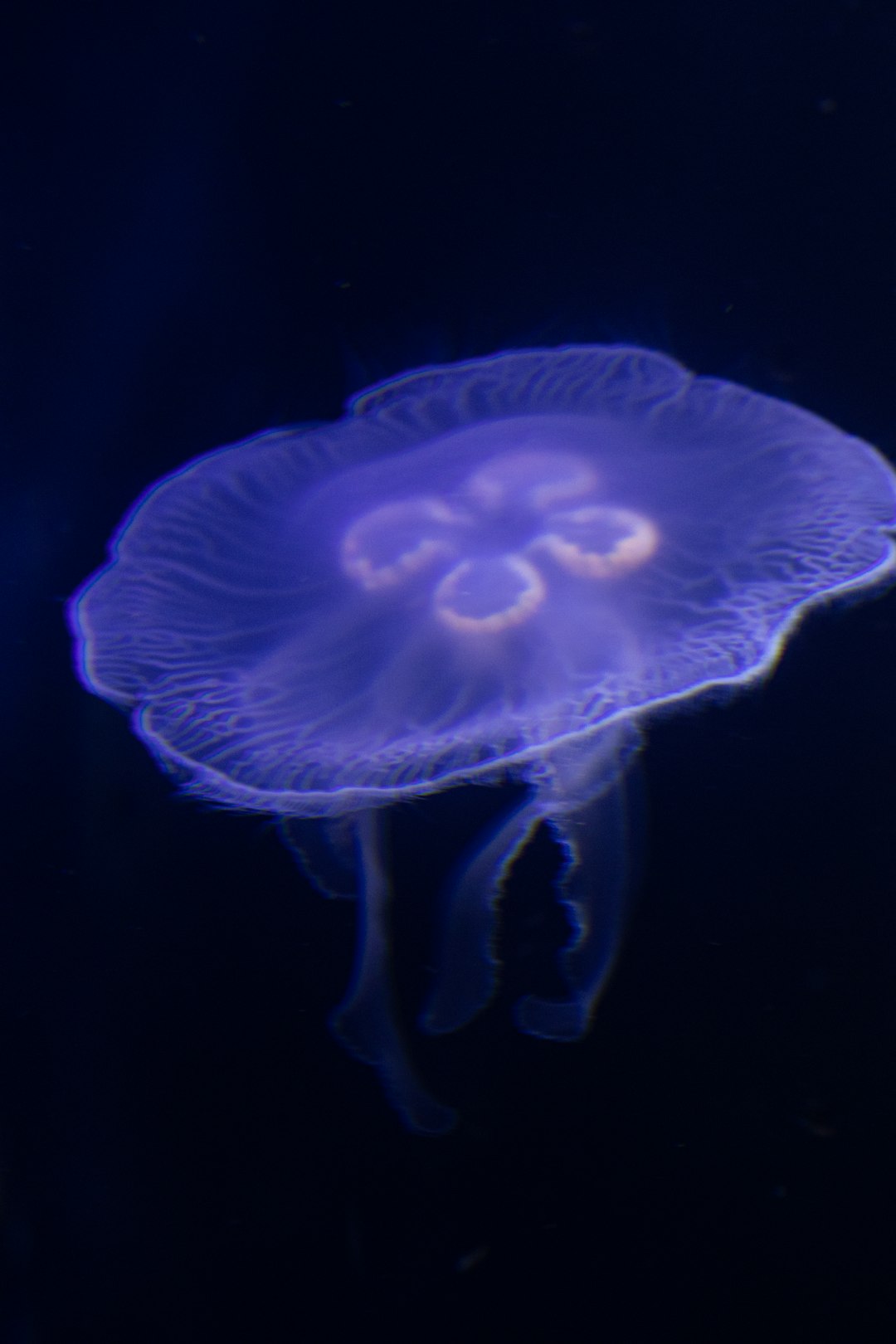
What if growing old were optional, at least some of the time, and for a creature you could balance on a fingernail? Turritopsis dohrnii is a tiny, transparent medusa with a ruby‑like stomach, and when stressed by starvation, injury, or sudden temperature changes, it does something astonishing. Rather than die, it collapses its adult form and rebuilds itself as a colonial polyp, restarting the life cycle from an earlier chapter. That maneuver, called life cycle reversal, is not a magic shield against danger, but it is a biological loophole that lets the organism sidestep the usual one‑way march of aging.
This jelly is not a superhero; fish still eat it, pathogens still infect it, and bad luck still wins. Yet each successful reset leaves a forensic trail in its tissues, hinting at master controls that turn back developmental time. Those clues are why biologists keep returning to the species, treating it as a living case file on rejuvenation. The jellyfish doesn’t just survive hardship – it edits hardship into a second chance.
From Ancient Tools to Modern Science
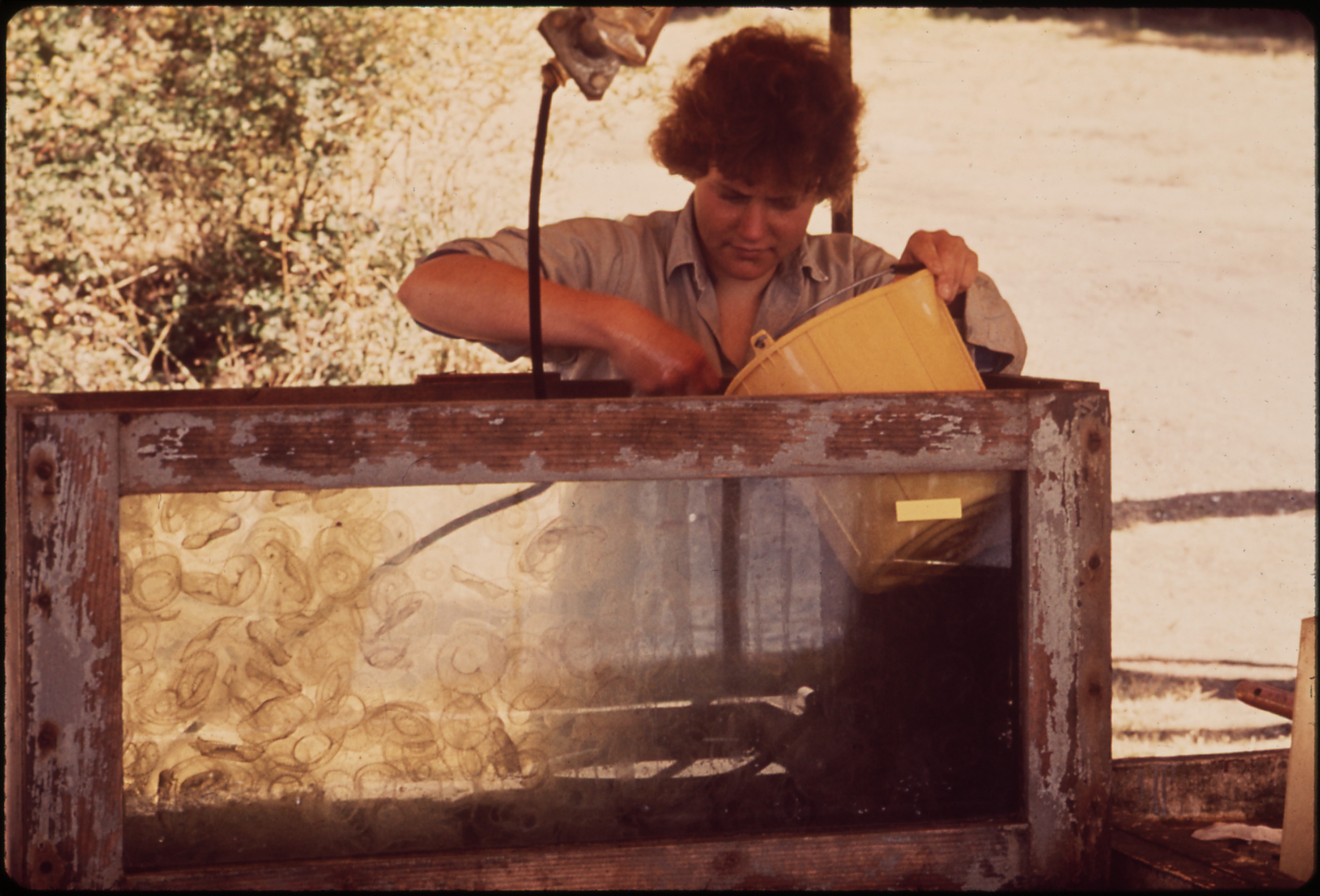
Early marine naturalists cataloged jellyfish by lantern light and hand lenses, describing their delicate bells without knowing the secrets inside. Only when laboratory aquaria made it possible to watch life cycle reversals up close did the myth start to harden into a measurable phenomenon. Over the past decade, genomic sequencing and high‑resolution microscopy have transformed the field, giving researchers a molecular map of a creature once known mostly from field notes.
Now, scientists can track genes flicking on and off as adult cells regress and reorganize into a larval colony. Old museum records still matter, but modern datasets are the compass that shows where to drill down on the mechanics of age reversal.
How Rejuvenation Works
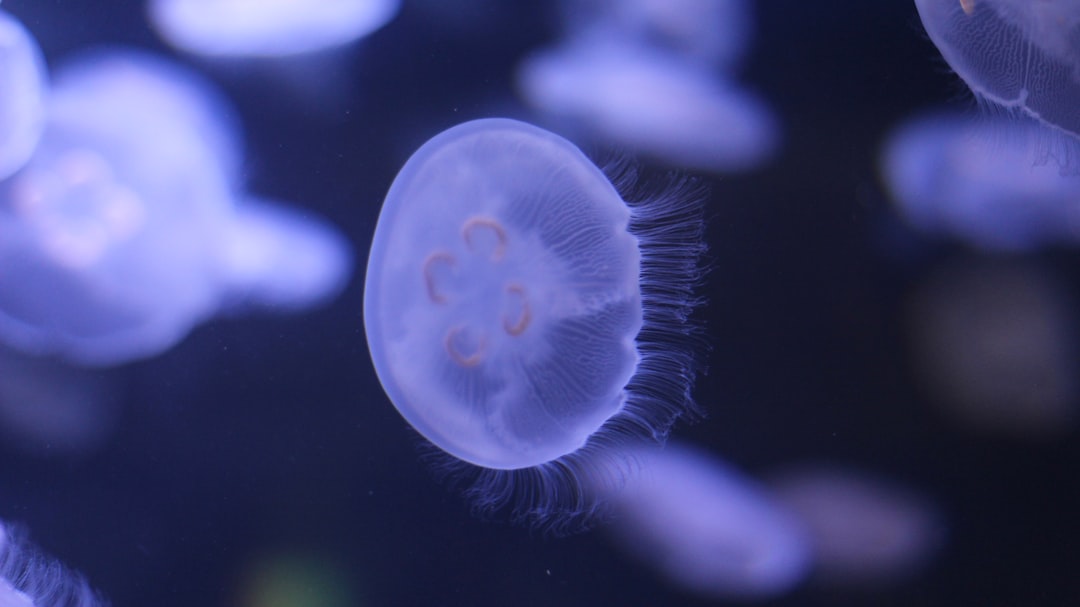
In a typical jellyfish life, fertilized eggs become larvae that settle as polyps, which bud off tiny medusae that grow into adults. Turritopsis rewrites that script when the adult medusa is stressed: its bell crumples, tentacles retract, and the body anchors to a surface like a sinking parachute. Cells then undergo transdifferentiation, a process where mature cells shed their roles and assume new identities without rewinding all the way to a stem‑cell blank slate. The medusa’s tissues reorganize into a polyp stolon, which sprouts a new colony capable of producing fresh medusae.
Think of it as a city converting skyscrapers back into bricks and then using those bricks to build a town square, ready to grow upward again. Every brick remembers how to be useful in a new structure, but none requires demolition to raw clay. That economy of rearrangement, rather than full erasure, seems to be the secret to speed and success.
The Genetics of Coming Back
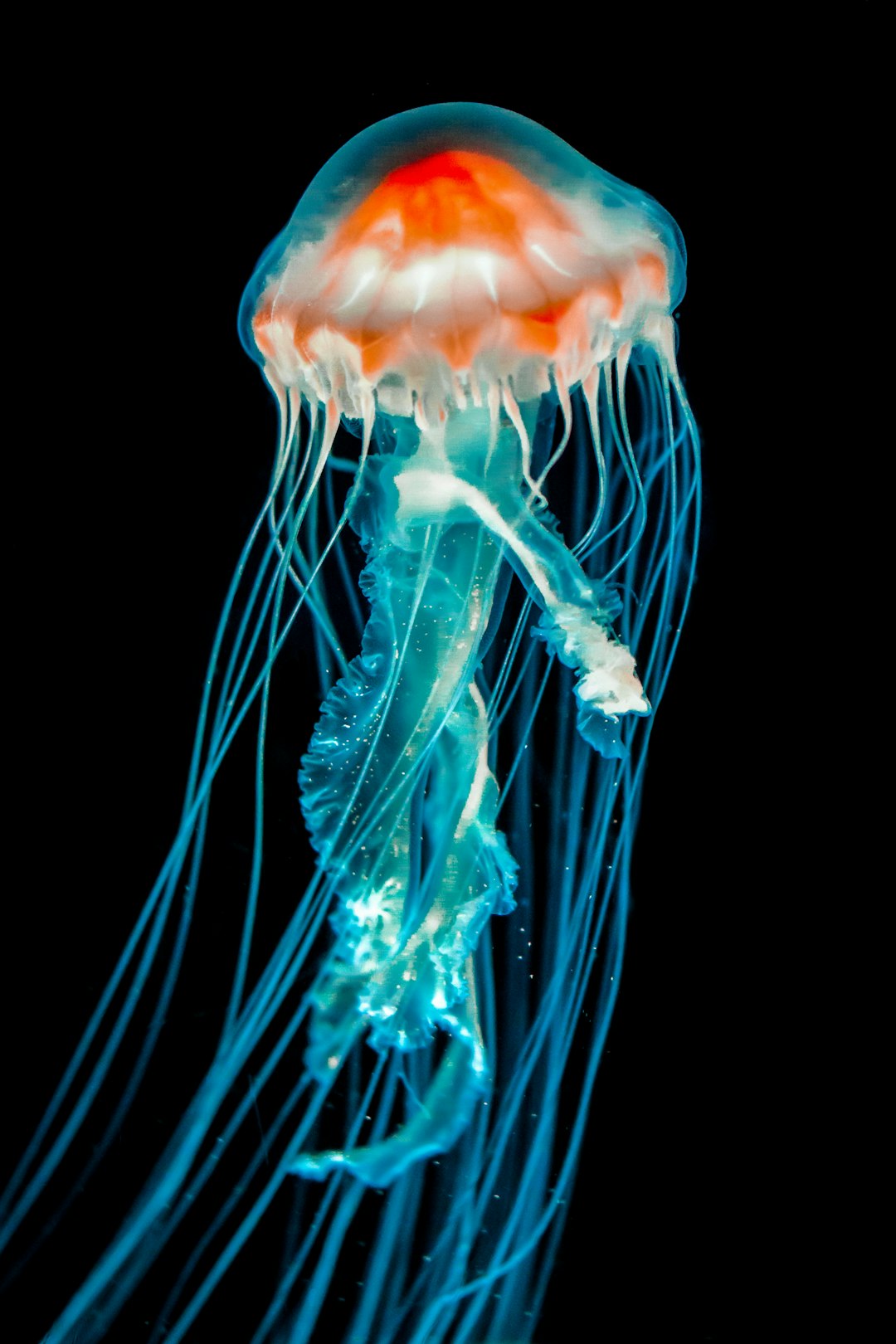
When researchers compare the immortal jellyfish with close relatives that lack this trick, certain themes keep surfacing. Genes tied to DNA repair, oxidative stress resistance, and telomere maintenance appear differently tuned, as if the genome leans toward preserving cellular youth under pressure. Regulatory switches – small stretches of DNA that tell genes when to act – also seem primed for rapid role changes during reversal.
Crucially, it’s not one silver bullet gene but a network: damage‑response pathways, stem‑cell programs, and protein‑quality control working in concert. The orchestra matters more than any soloist, and the score changes depending on the stress that triggers the reset.
Why It Matters
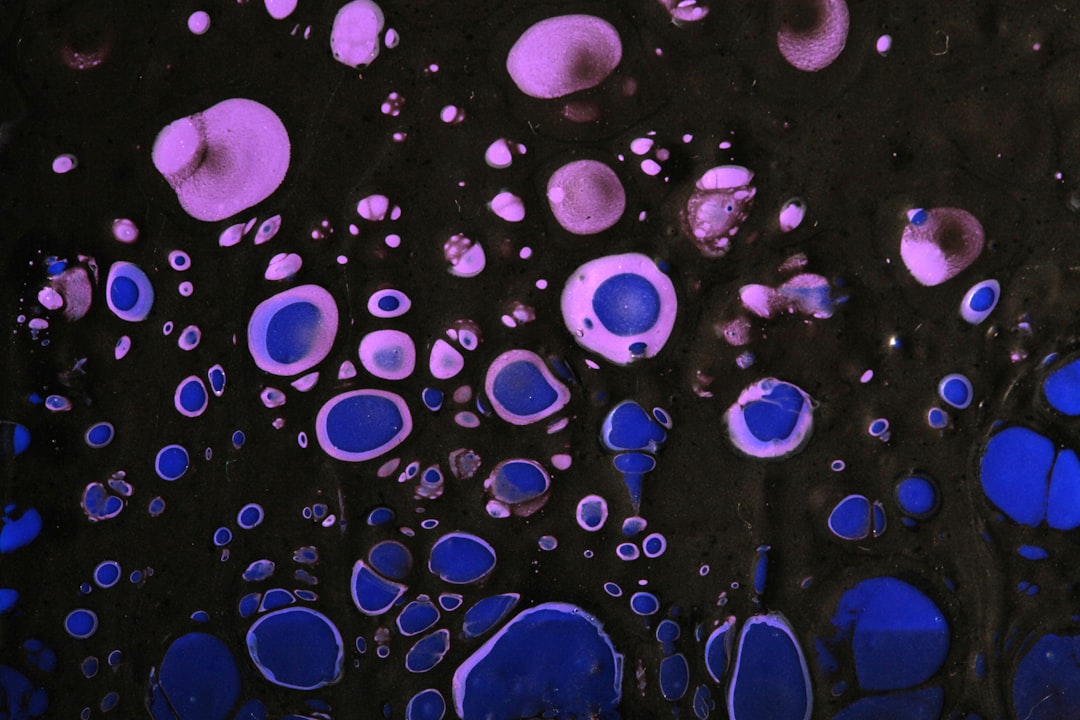
For decades, scientists have studied aging with yeast, worms, flies, and mice, each model offering a clean experimental toolkit but a narrow perspective. Turritopsis widens the lens by showing a multicellular animal that can reprogram adult tissues without tumbling into cancer or chaos. It challenges the assumption that development is a one‑way street and urges us to ask how flexible adult cells can be without breaking the rules that keep bodies safe.
The practical stakes are significant: if we understand how cells switch identity while preserving order, we can refine regenerative medicine, wound healing, and perhaps slow age‑related decline. It’s not a promise of immortality for humans – biology rarely hands out miracles – but it is a test case for safe rejuvenation. In a world where populations are aging, even modest gains in tissue resilience would echo through healthcare, caregiving, and quality of life.
Global Perspectives
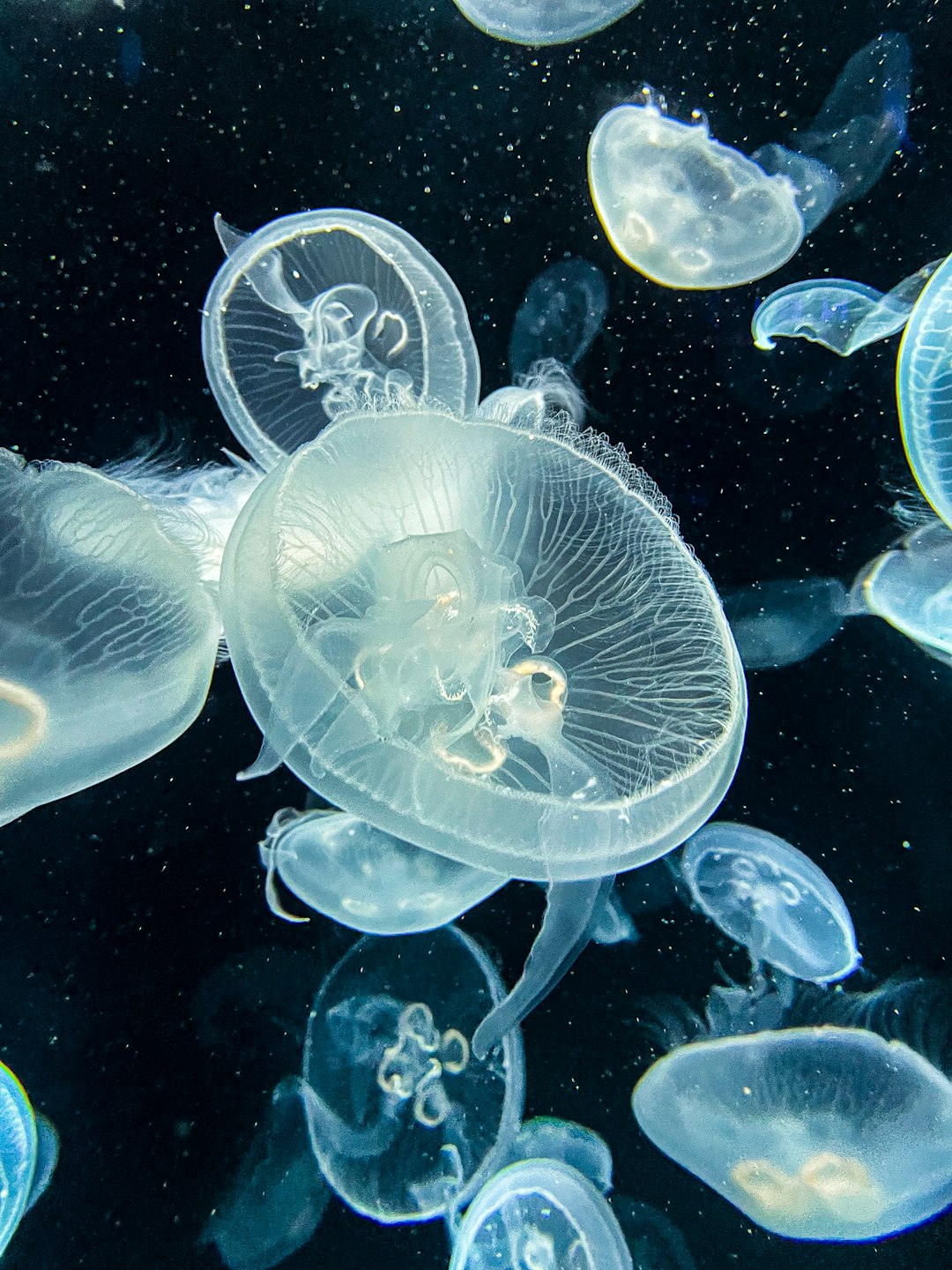
Once thought to be a local oddity, the immortal jellyfish now turns up in far‑flung ports, likely hitchhiking in ship ballast water and thriving where currents and temperatures suit it. That global presence raises ecological questions: is it quietly reshaping plankton communities, or simply blending into the background noise of gelatinous life? So far, its tiny size and modest appetites suggest it’s more passenger than disrupter, but careful monitoring is still wise in a warming ocean.
I remember cupping a seawater scoop at a marina and spotting a pinprick bell tremble like a heartbeat under the surface. It felt like holding a rumor – the kind of rumor that sends you back to the lab to prove it. For many researchers and divers, that mix of wonder and skepticism is the fuel that keeps the science honest and the stories grounded in evidence.
From Ancient Tools to Modern Science
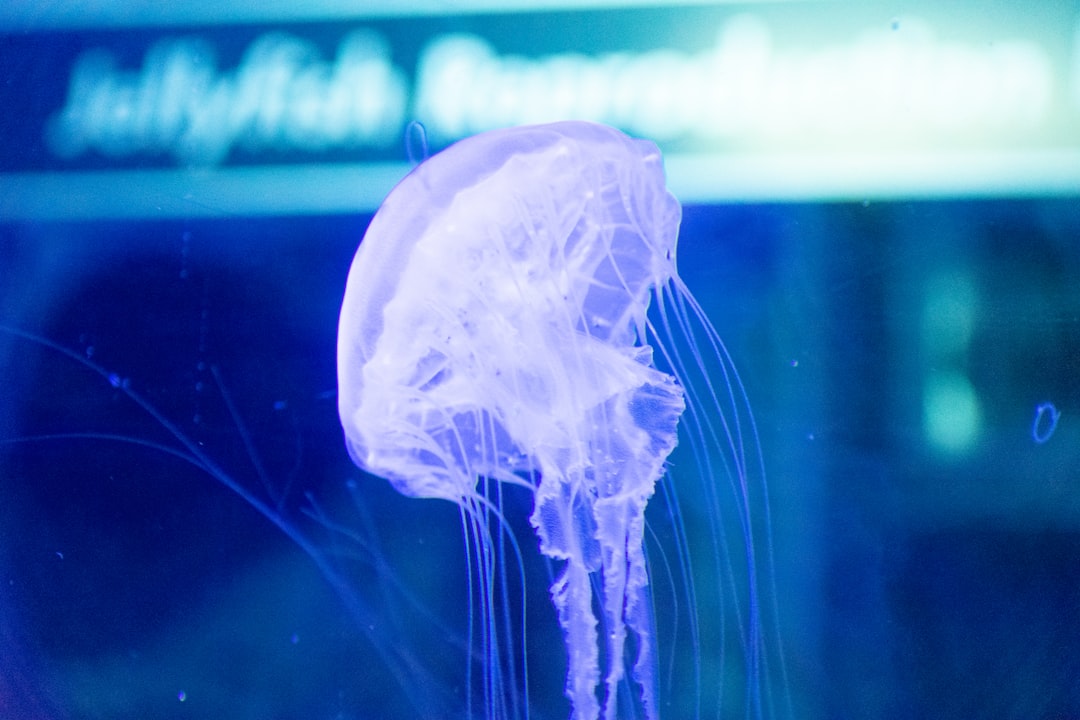
Studying Turritopsis at scale is harder than it sounds because the species is easy to confuse with look‑alike jellies. Culturing it through multiple reversal cycles demands stable conditions, precise feeding, and sharp taxonomic keys to avoid imposter species. Even with good husbandry, small changes in temperature or salinity can turn an experiment into a dead end.
This is where new methods shine: single‑cell RNA profiling can map who’s doing what during each hour of reversal, while long‑read sequencing can catch structural quirks in the genome. Cross‑lab standards and open datasets will be essential so findings travel as well as the jellyfish itself.
The Future Landscape

The next steps read like a checklist for biological time travel: build a cell‑by‑cell atlas of reversal, test causal genes with reversible gene‑editing tools, and model how stress cues flick the reset switch. Advances in cnidarian genomics, lineage tracing dyes, and live‑cell imaging are converging, making once‑impossible experiments feel within reach. Artificial intelligence will help stitch these layers together, revealing which signals truly drive the process and which are background noise.
There are obstacles, from ethical guardrails on rejuvenation research to the practical reality that not all human tissues will tolerate radical identity shifts. But progress often begins with a strange organism that refuses to follow the rules and scientists willing to listen. If Turritopsis can show us how to safely loosen the bonds of cellular fate, the benefits could ripple from reef tanks to recovery rooms.
Call to Action and Conclusion
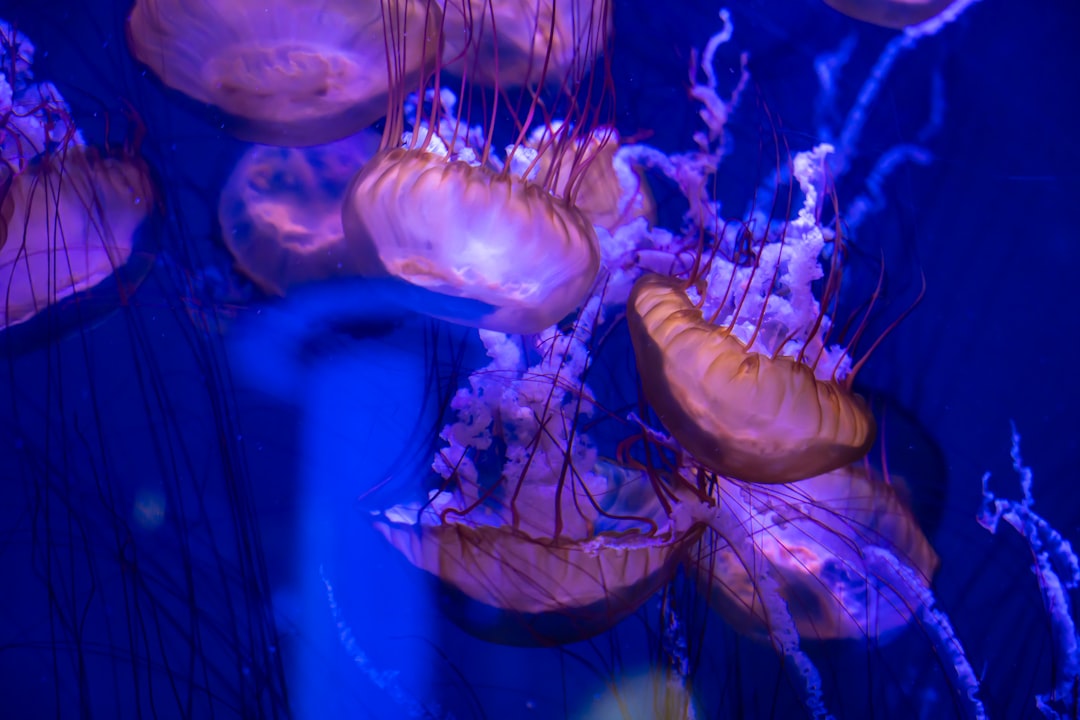
You don’t need a lab coat to be part of the story. Support marine labs and community aquariums that culture fragile species, and back coastal programs that track gelatinous blooms with careful species IDs. Reduce plastic and nutrient runoff that destabilize nearshore ecosystems, so researchers can separate human noise from natural signals.
If you’re a student or educator, explore open datasets from jellyfish studies and build classroom projects that compare life cycles across animals. In a world eager for quick fixes, the immortal jellyfish offers something rarer: a disciplined invitation to rethink aging, one reversible step at a time – so what would you dare to rewind?

Suhail Ahmed is a passionate digital professional and nature enthusiast with over 8 years of experience in content strategy, SEO, web development, and digital operations. Alongside his freelance journey, Suhail actively contributes to nature and wildlife platforms like Discover Wildlife, where he channels his curiosity for the planet into engaging, educational storytelling.
With a strong background in managing digital ecosystems — from ecommerce stores and WordPress websites to social media and automation — Suhail merges technical precision with creative insight. His content reflects a rare balance: SEO-friendly yet deeply human, data-informed yet emotionally resonant.
Driven by a love for discovery and storytelling, Suhail believes in using digital platforms to amplify causes that matter — especially those protecting Earth’s biodiversity and inspiring sustainable living. Whether he’s managing online projects or crafting wildlife content, his goal remains the same: to inform, inspire, and leave a positive digital footprint.

